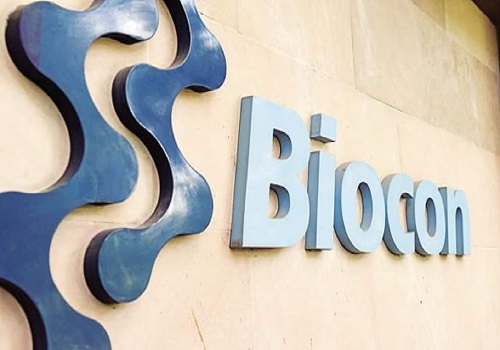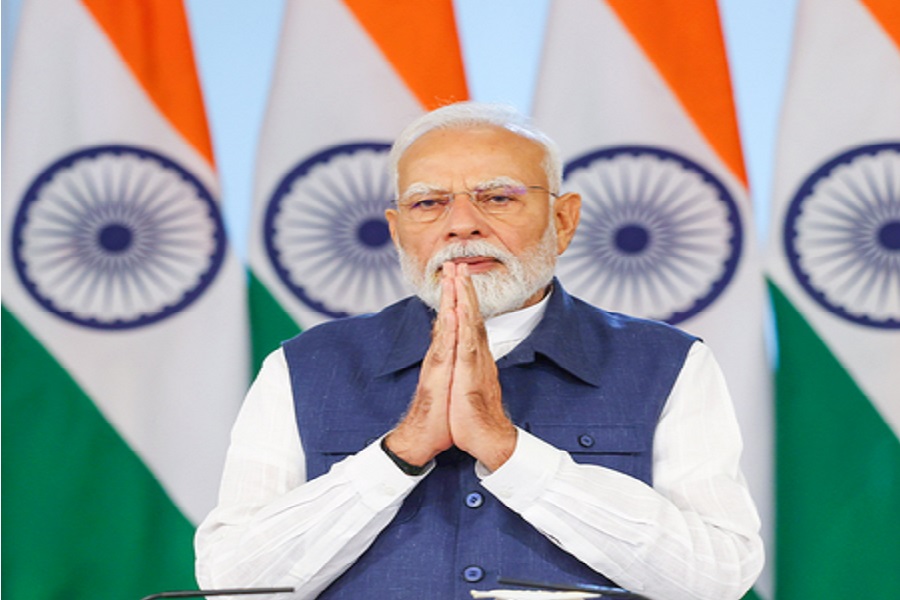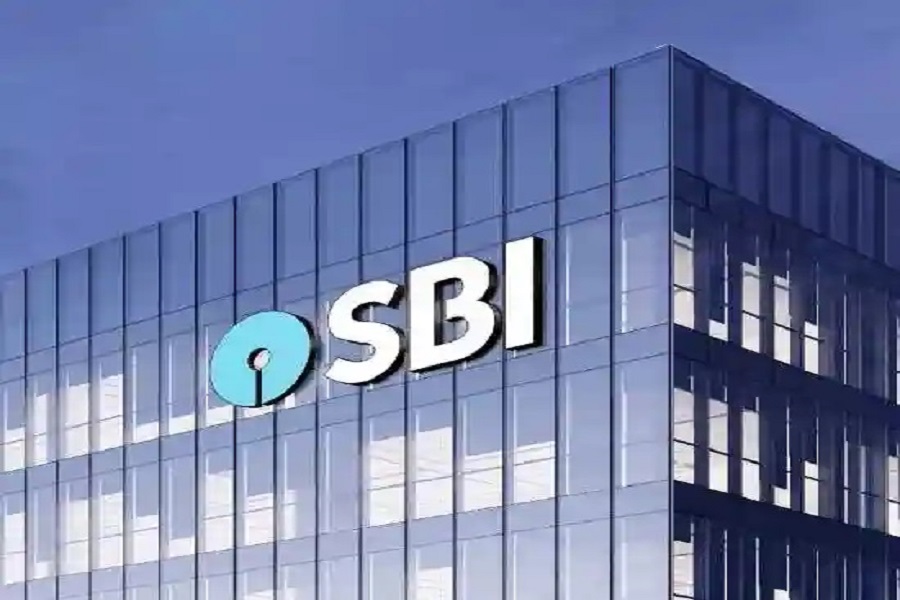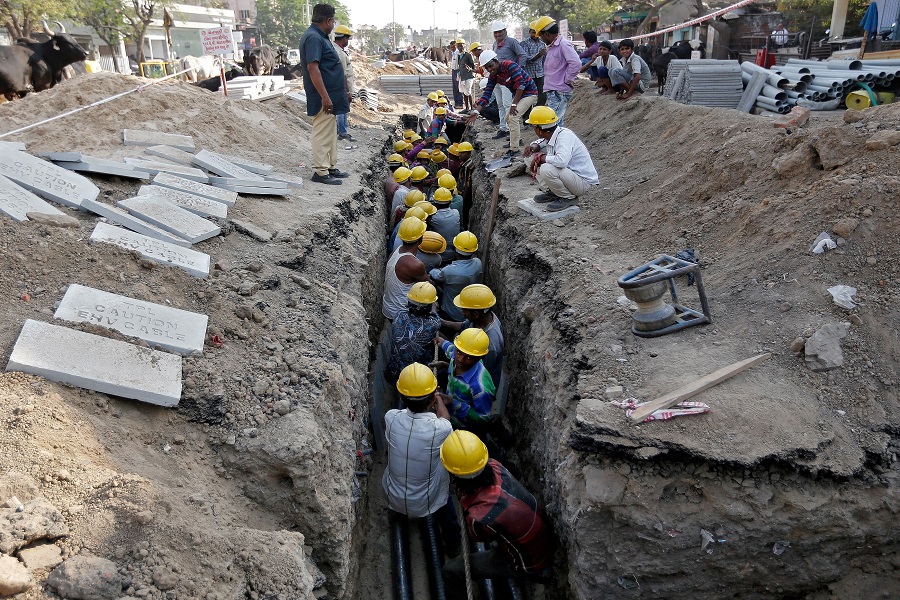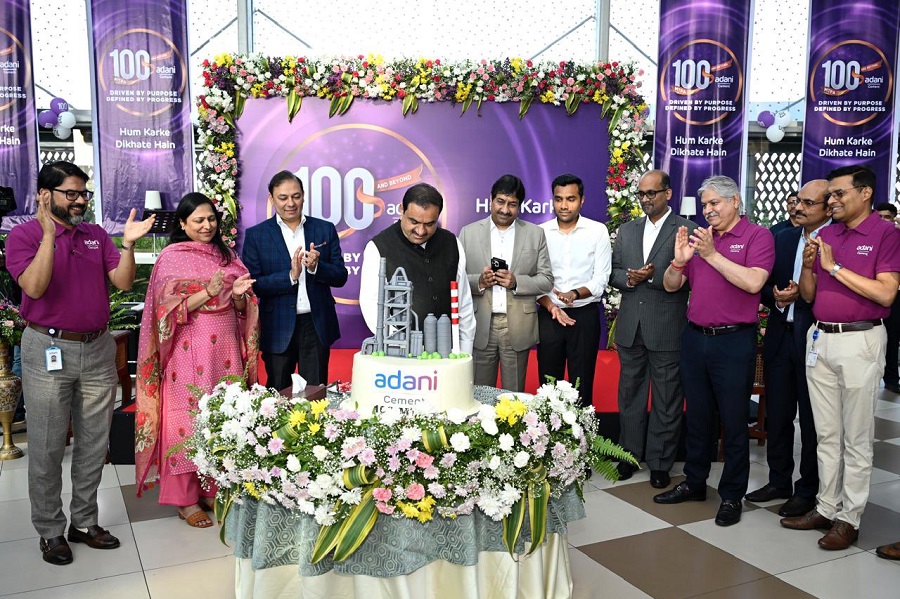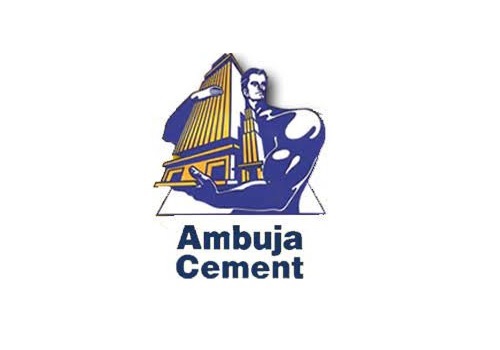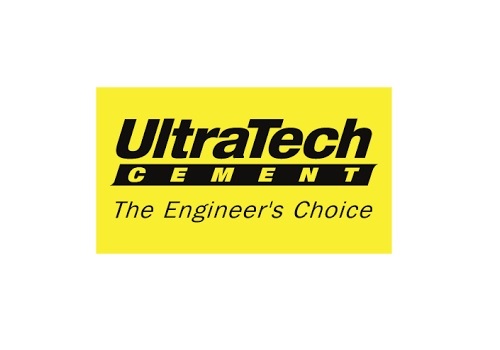Cement Sector Update : The industry is likely to witness nearly 65-70mt of cement capacity additions over FY23-25E By Emkay Global
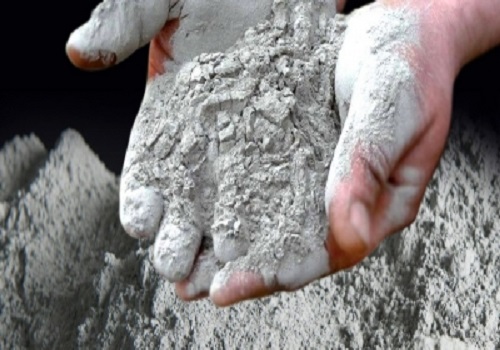
Key takeaways from the cement expert meeting include: 1) Nearly 65-70mt of cement capacity additions are expected over the next couple of years (~6% CAGR); with >80% capacity additions likely by the top-6 players; 2) after high capacity additions for 3-4 years, the industry is likely to witness little slowdown for at least for a couple of years; 3) 18-20% capex cost additions (~US$18- 20/ton) are likely over the past 2-3 years, mainly led by a 5-7% each increase due to general inflation and modernization of equipment, while the balance is led by the increase in the cost of land acquisition; 4) consistent supply of waste material is a key to increase the usage of alternate fuel (AFR) in the fuel mix.
Other Key takeaways:
* The industry is likely to witness nearly 65-70mt of cement capacity additions over FY23-25E (~6% CAGR), with >80% capacity additions likely to be by the top-6 players. Larger players now prefer to order equipment on a piecemeal basis (based on limestone quality, raw mix composition etc.), which helps to improve the overall efficiency of the plant and reduce maintenance/ repair cost. As per experts, after high capacity additions for 3-4 years, the industry may witness a little slowdown in capacity additions at least for a couple of years. To recap, the Indian cement industry has added ~18mt of capacity p.a. over FY17-22.
* The lifecycle for the equipment stands at around 30-35 years, with major upgradation every 7-8 years at 5-6% of capex cost. With increasing focus on ‘Make in India’ campaign, the share of imported components in a piece of equipment has declined to 35-40% from 70-75% a decade back. A greenfield plant having a capacity of 2mt/3mt of clinker/cement costs Rs28-30bn (US$115-120/ton), with 30-35% each cost comprising land and main equipment.
* As per experts, Chinese equipment has two major advantages vs. European equipment 1) as its capex is 30-35% lower as available in standard sizes with mass production; 2) lead time for the supply of equipment is 10-12 months lower. However, over the lifecycle of a plant, these advantages are more than offset through lower efficiency of the plant, increased shutdowns and limited after-sales services.
* Indian cement companies are targeting to reach zero carbon emission norms in the next 15-20 years by increasing the usage of renewables, AFR, and improving raw mix composition to reduce clinker consumption. The industry is targeting to increase the usage of AFR to mid-teens in the next 2-3 years vs. the current usage in mid-teens in the overall fuel mix. Feeding system in the plant for the usage of AFR costs only Rs300-350mn. However, the consistent supply of waste material remains a key challenge.
For More Emkay Global Financial Services Ltd Disclaimer http://www.emkayglobal.com/Uploads/disclaimer.pdf & SEBI Registration number is INH000000354


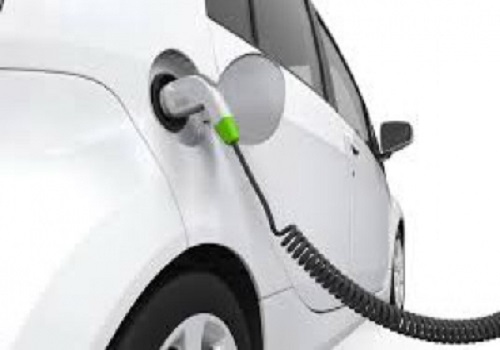
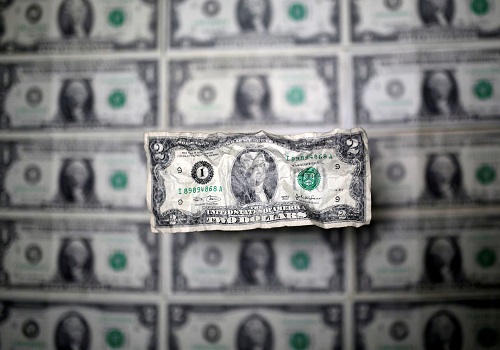
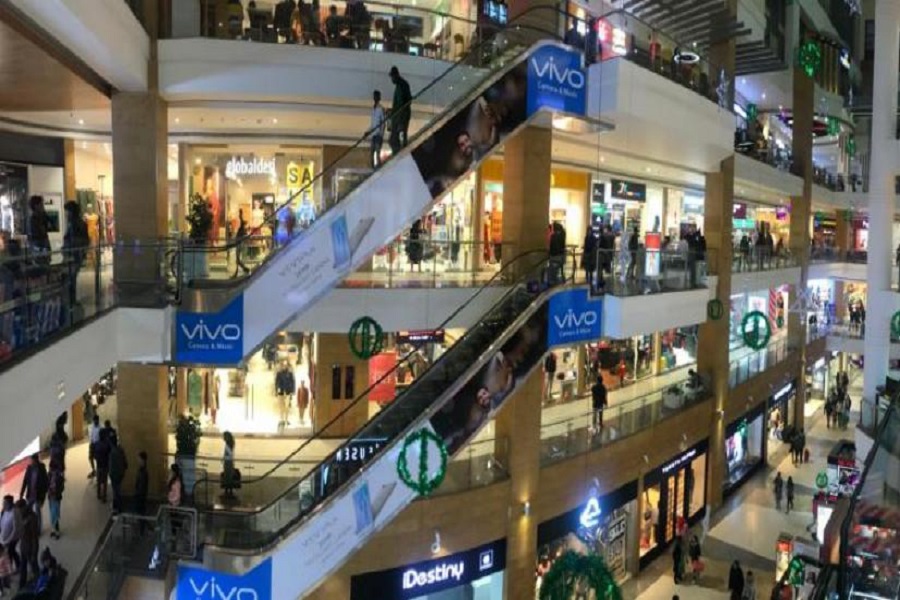
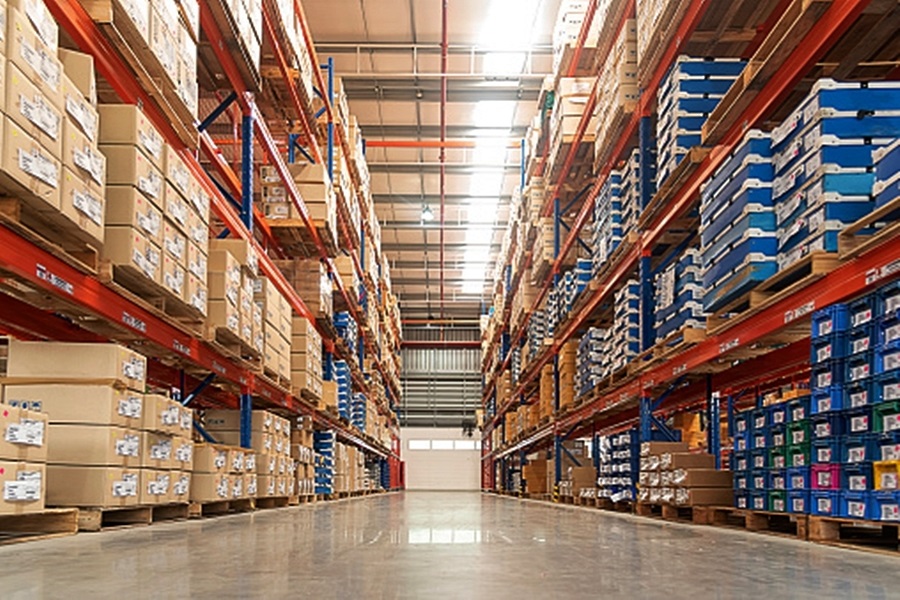
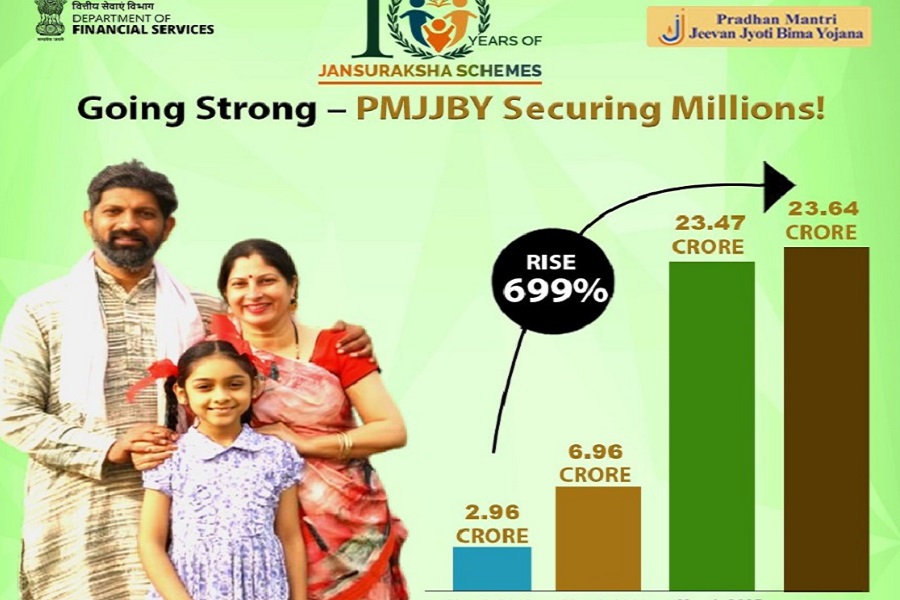
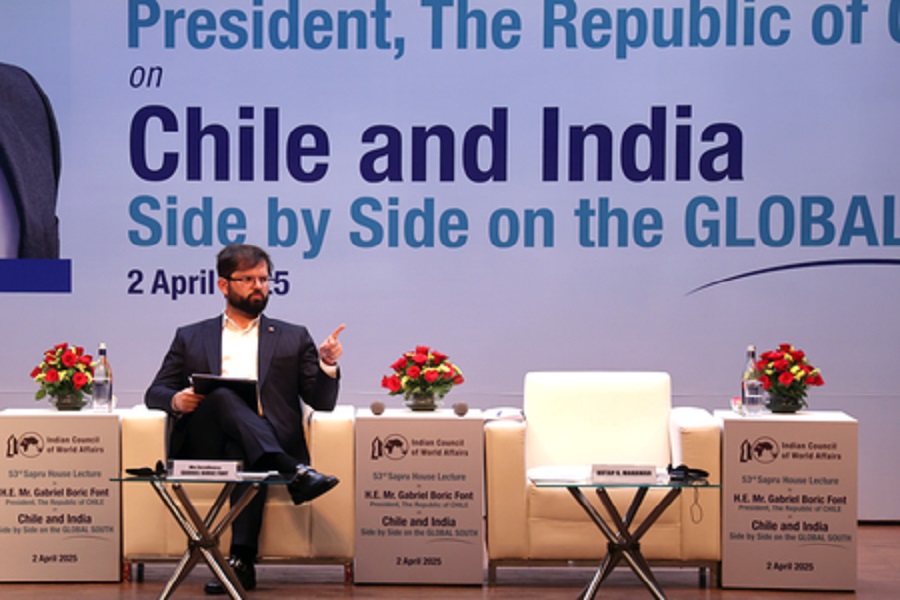
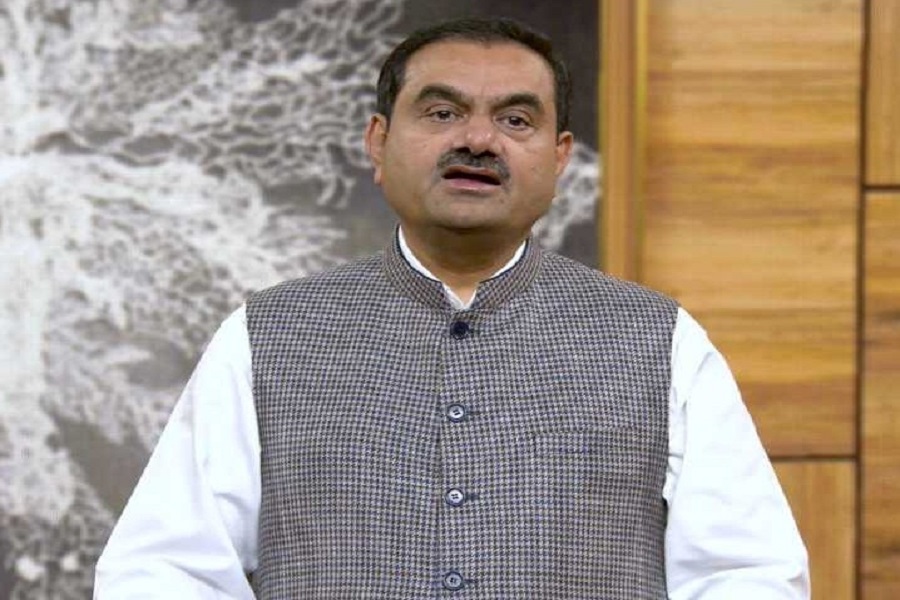

More News

Oil and Gas Sector Update : OPEC+ blinks but crude likely to be supported By JM Financial Se...






